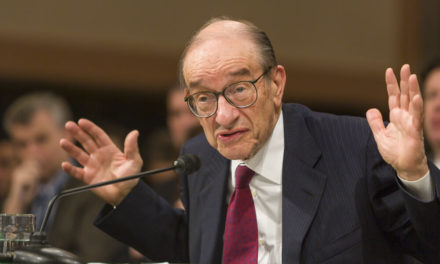The Federal Reserve said Wednesday the economy was expanding at a moderate pace in March and early April, despite uncertainty caused by trade tensions and severe flooding in the Midwest.
In its latest report on economic conditions around the country, the Fed said that some districts reported a slight strengthening following a slowdown this winter. But weakness remained, especially in sluggish consumer spending, which accounts for two-thirds of economic activity.
The Fed report, known as the beige book, said that tariffs imposed on imports, higher shipping costs and rising wages had all contributed to some increase in input costs.
The report found prices remained low for many farm products, with several districts including St. Louis, Minneapolis and Kansas City voicing concerns about what recent flooding might do to crop production this year.
The beige book findings will form the basis for discussion when central bank officials meet on April 30-May 1 to discuss interest rates.
The Fed said that reports from the Fed’s 12 districts were mixed on consumer spending but noted that home sales were stronger.
The Fed said the outlook had improved for manufacturing “although contacts in many districts noted trade-related uncertainty.”
Most districts said that home sales were stronger although some districts reported lower demand for higher-priced homes.
With unemployment near a 50-year low, the report said that there were shortages of skilled workers in manufacturing and construction as well as some technical and professional positions.
Many districts reported that firms were offering perks such as bonuses and expanded benefit packages in order to attract and retain qualified workers.
The central bank boosted its policy rate four times in 2018 and in December indicated it expected two more rate hikes in 2019. Those rate increases prompted sharp attacks from President Donald Trump and contributed to a steep drop in the stock market late last year.
Starting in January, the Fed has done an about-face on policy and now says its plans to keep rates on hold for the entire year. Trump, however, has kept up his pressure saying the central bank needs should be cutting rates now. Some economists are forecasting the Fed’s next move could well be a rate cut later this year if the economy does not pickup.
© The Associated Press. All rights reserved.




